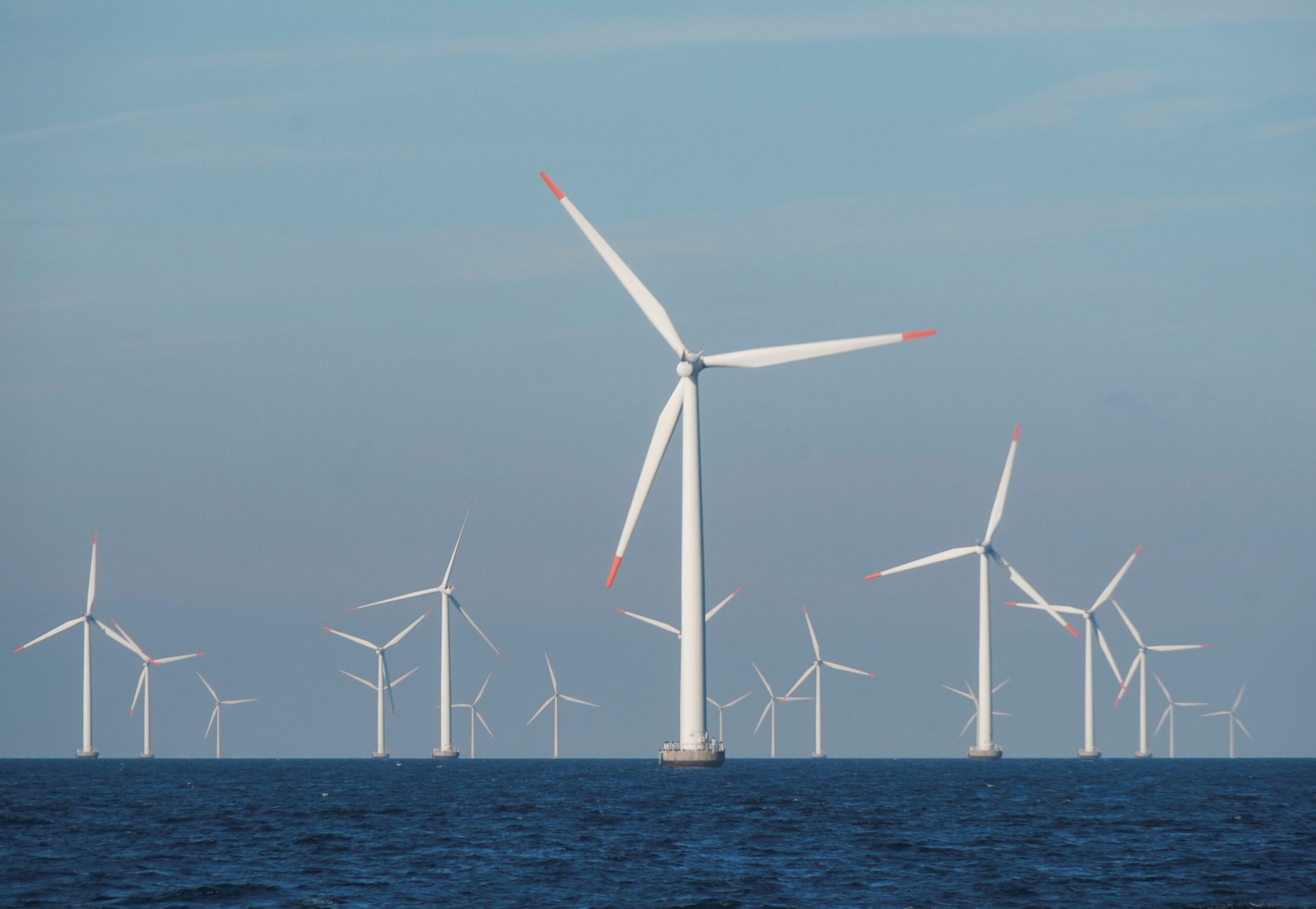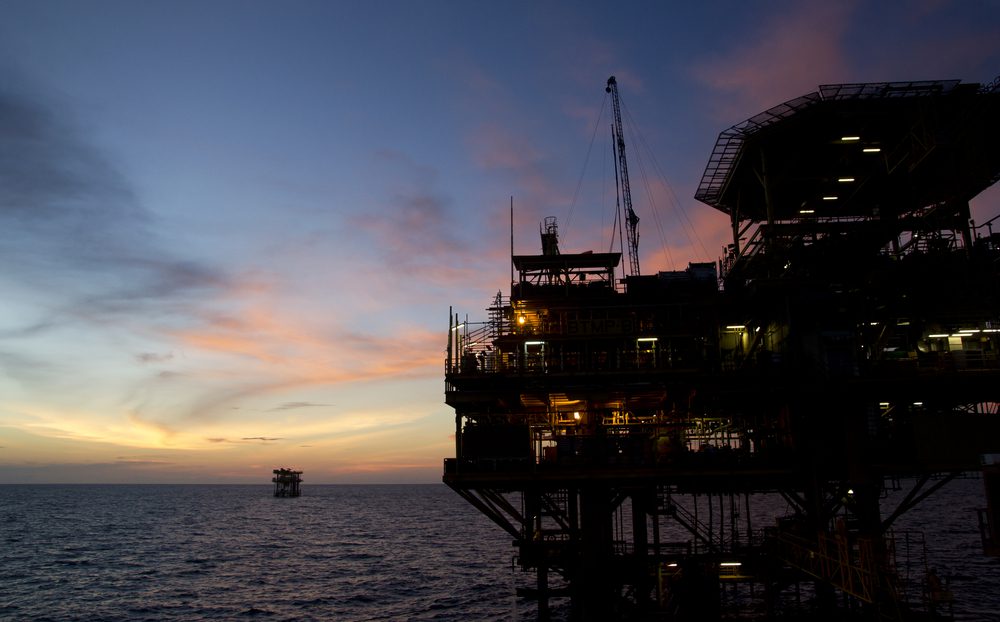As Hurricane Rafael sweeps through the Gulf of Mexico, the Bureau of Safety and Environmental Enforcement (BSEE) is closely monitoring the impact on offshore oil and gas operations.
According to the latest reports, the storm has prompted significant evacuations and production shut-ins across the region. As of 11:30 a.m. CDT, 17 production platforms, representing 4.58% of the Gulf’s 371 manned platforms, have been evacuated. Additionally, one non-dynamically positioned rig and five dynamically positioned (DP) rigs have been moved to safety, accounting for 16.6% and 23.8% of their respective types currently operating in the Gulf.
The BSEE estimates that approximately 22.36% of daily oil production and 9.73% of daily natural gas production in the Gulf have been shut-in as a precautionary measure. “Shutting in oil and gas production is a standard procedure conducted by industry for safety and environmental reasons,” a BSEE spokesperson explained.
The agency’s Hurricane Response Team is continuing to work with offshore operators and other government bodies to ensure safety and minimize disruptions.
Hurricane Rafael, currently located in the southeastern Gulf of Mexico, is moving west-northwest at about 9 mph. The National Hurricane Center reports maximum sustained winds of 100 mph, with hurricane-force winds extending up to 30 miles from the center.
Most of the latest models show Rafael turning southwestward in the coming days in response to a narrow ridge building to its northwest. However, the the GFS and Canadian models still suggest a northward turn.
While the NHC’s forecast favors the southern track, forecasters note significant uncertainty remains with Rafael’s future path, with potential for further forecast adjustments.
Despite the hurricane’s strength, forecasters predict some weakening in the coming days. “The hurricane is expected to move into an even drier airmass over the next few days, with at least weak to moderate westerly shear over the system,” noted a meteorologist from the National Hurricane Center.

 Join The Club
Join The Club










